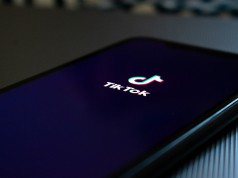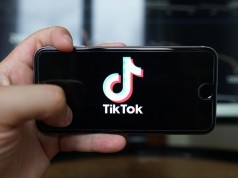When a brand is working to establish a better brand awareness it is very important to understand the difference between reach and impressions. Marketing strategies may include using social media platforms such as Facebook and Instagram. Very often social media and content marketers encounter the terms “reach” and “impressions”. These terms are often confused. These metrics both indicate social media engagement. This article provides a precise and brief understanding of the key differences between reach and impressions in marketing.
Reach
- The total number of people who have viewed your content is known as “reach”.
- In other words, the frequency of unique individuals who viewed your content is reached.
- Reach is categorized into three sections, according to Facebook.
- Organic reach – Organic reach is the total number of viewers who watched your content for free. The content appeared in their news feed, without being paid for.
- Paid reach – The number of unique people who watched the content that a brand has paid for is known as paid reach. Paid ads on Facebook are an example of paid reach.
- Viral reach – Viral reach is the frequency of people who viewed your content in a story, mentioned by an acquaintance. Viral content is being propagated by actions such as sharing of content, liking, and commenting.
Impressions
- On the other hand, impressions are the frequency of your content being displayed for the audience.
- This metric does account for the factor of whether the content was clicked or not.
- For content to be counted as an impression, it does require the viewer to engage with it.
- Whenever content is delivered to the feed of an individual on a social media platform, it is counted as an impression.
- A single individual can contribute multiple impressions to a single content.
Difference Between Reach and Impressions
A decrease in overall reach indicates that fewer individuals are watching your content. This consequently leads to a reduction in engagement and ultimately reduced conversions of prospective customers. The frequency of impressions will be always more than that of reach because a viewer can watch content multiple times. This increases the number of impressions but does not affect the reach of the same content. For example, if five unique individuals have watched your content on their feed in Facebook, the reach is 5. On the other hand, if each of these viewers watched this content, then the impression is 10. Similar to Facebook, Instagram also provides tools for accounting the reach and impressions. The reach and impressions metrics are available only for people who own either a creator account or a business profile on Instagram.
However, these insights do not provide you with an in-depth analysis of the reach and impression metrics. Other platforms such as YouTube, Google Analytics, and Twitter also provide you with metrics, showing reach and impressions of content posted in the corresponding platforms.









